For Medical Aid Teams, the field is rarely forgiving. From flooded villages to dust-choked roads, environments are often harsh, unpredictable, and relentless. In such conditions, a reliable seal is not just a nice-to-have — it’s a lifeline for the critical equipment inside.
Yet, concerns persist about whether protective cases can truly deliver the waterproof and dustproof performance they promise. Here’s how to tell if your gear is really protected.
-2.png?width=761&height=398&name=1200%20x%20628%20px%20-%20%20(10)-2.png)
1. How vulnerable is medical equipment to water and dust exposure in the field?
Extremely. Just a trace of moisture can ruin diagnostic devices, contaminate sterile tools, or compromise sensitive electronics. Dust, on the other hand, can infiltrate joints, clog mechanisms, and spread bacteria. These are not theoretical risks — they are common threats in real-life field operations.
Whether in desert climates, coastal storms, or post-earthquake rubble, one compromised seal can lead to mission failure.
2. What sealing technologies offer the best protection in extreme environments?
Advanced sealing systems such as tongue-and-groove lid closures combined with polymer or silicone o-rings offer robust water and dust protection. Many professional-grade cases also include automatic pressure equalisation valves, which prevent vacuum lock and ensure the case remains sealed after altitude changes or air transport.
These features are engineered to achieve IP67 ratings — meaning the case can resist dust ingress and survive submersion in water up to 1 metre for 30 minutes.
3. How do we verify if a case is truly watertight and dustproof?
Look for official IP certification (Ingress Protection rating) and field testing data. IP67 and IP68 are benchmarks for dependable sealing. Additionally, cases tested to MIL-STD-810 or Def Stan 81-41 standards offer reassurance that they’ve been pushed to extreme limits in controlled environments.
Reputable case providers also perform pressure and vacuum testing to simulate real-world transport and environmental conditions.
4. Are there cases designed specifically for high-risk contamination zones?
Yes. Some cases are specifically engineered for use in medical, military, or hazardous environments where exposure to fluids, pathogens, or particulate matter is likely.
Models used in mobile medical deployments often feature reinforced double-rim sealing systems, positive anti-shear locks, and recessed hardware to prevent snags and seal breaches. These are essential for storing sterile equipment, medications, or sensitive diagnostics in crisis zones.
5. What maintenance tips ensure long-term sealing performance in rough conditions?
- Inspect the o-ring regularly for wear, cracks, or debris
- Clean the sealing surface with mild soap and water after each mission
- Lubricate the o-ring with silicone grease to maintain flexibility
- Avoid overpacking, which may distort the seal when the case is shut
- Store cases in a dry, temperature-stable location when not in use
Proactive care extends the lifespan of your cases and ensures they’re always field-ready.
When lives depend on your gear, sealing isn’t optional — it’s essential. Don’t let preventable exposure put your mission at risk. Choose solutions that are certified, tested, and trusted in the harshest environments.
Explore reliable, watertight case solutions at www.peli.com.

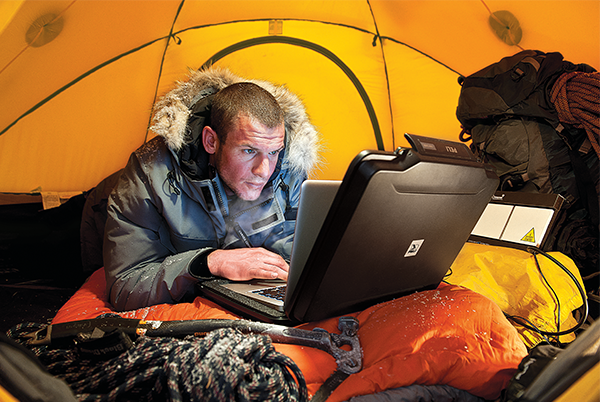



.png)





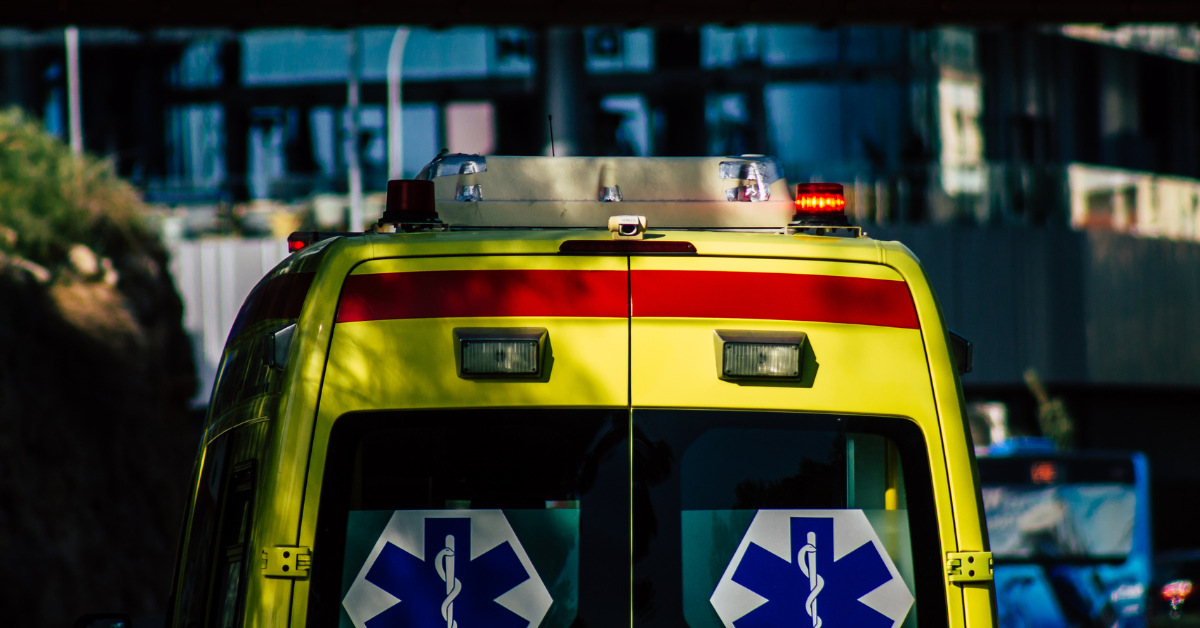
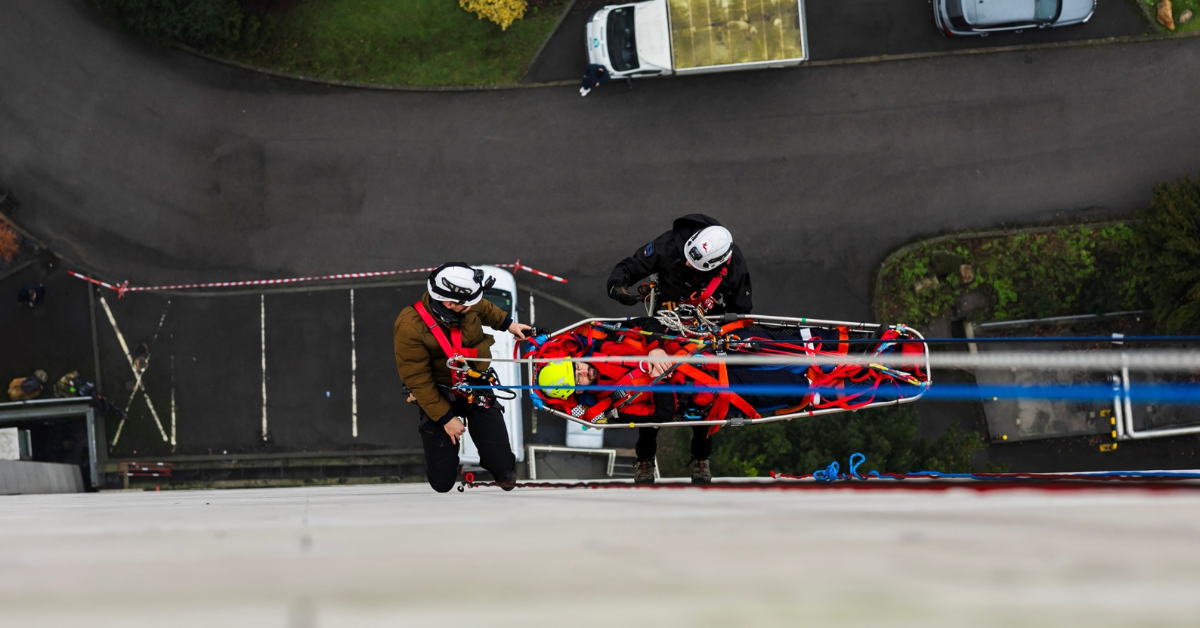
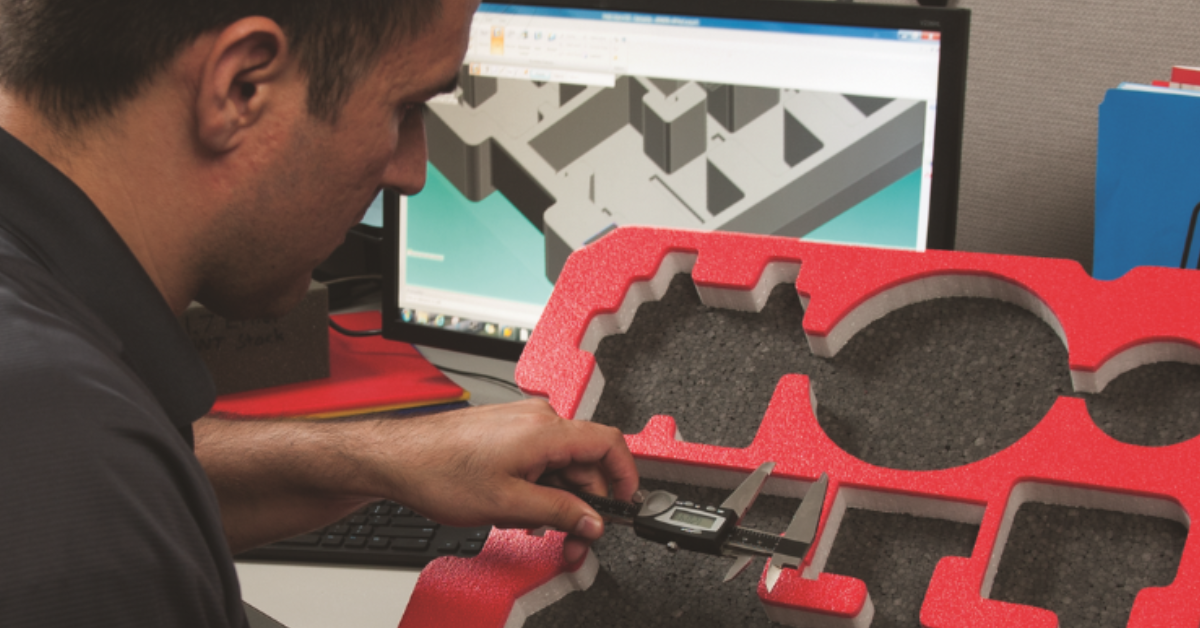




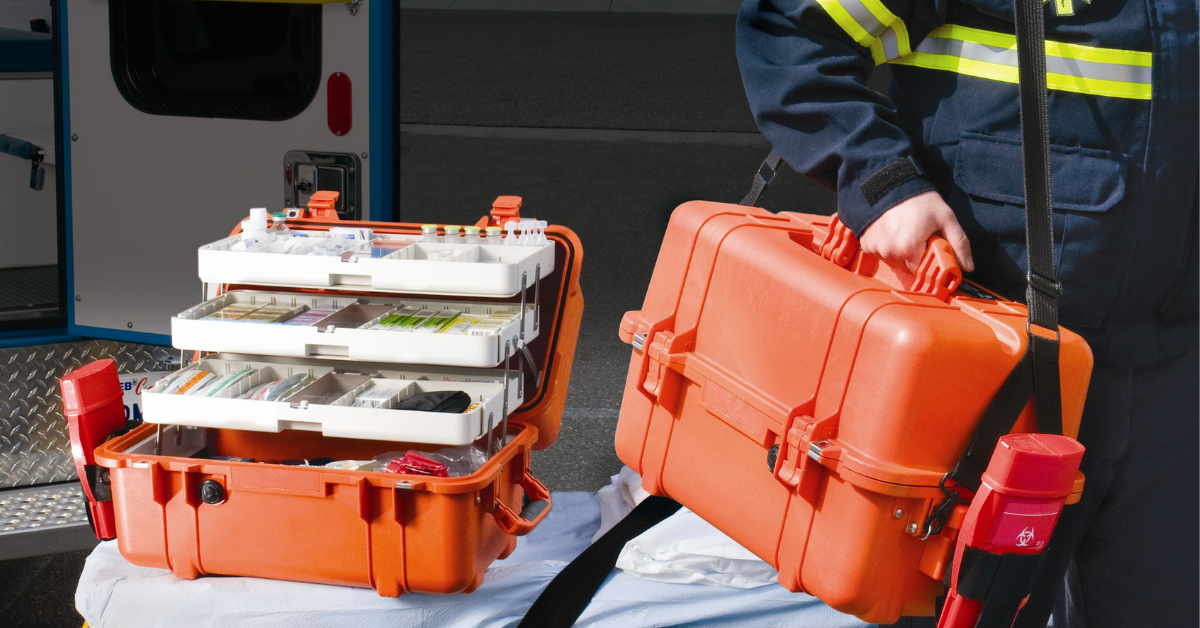

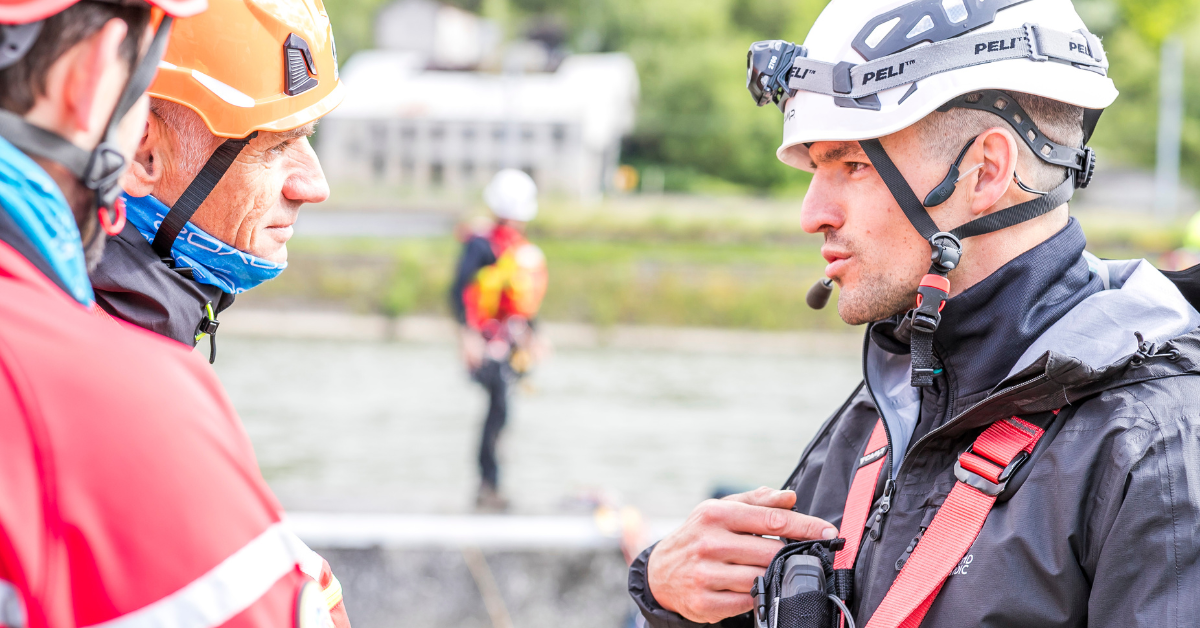
Post a comment